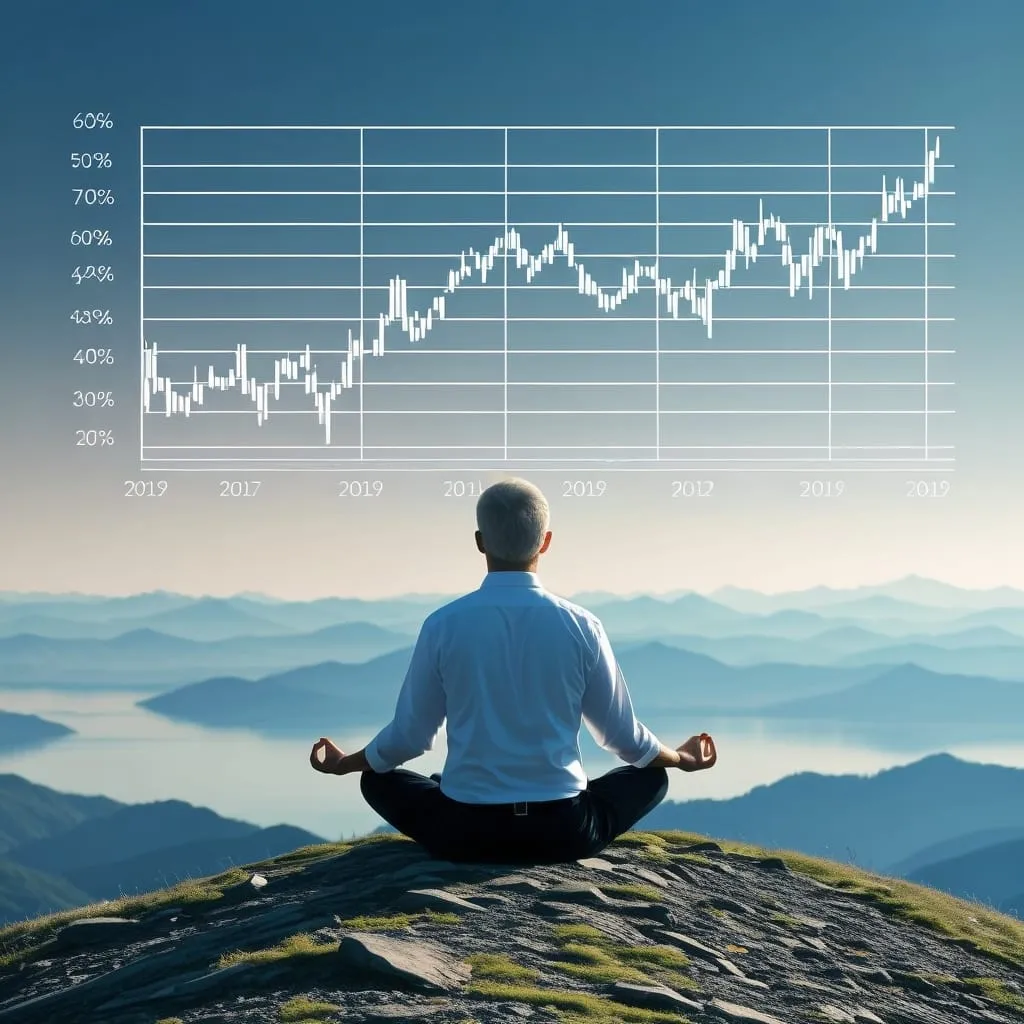Unlocking Productivity: The Power of Thinking Time
In our fast-paced world, it's easy to fall into the trap of equating productivity with constant action. We're often led to believe that the more hours we work, the more we'll accomplish. But what if I told you that one of the most powerful tools for boosting your productivity is actually taking time to do... nothing? Well, not exactly nothing. I'm talking about "Thinking Time."
Thinking Time isn't just a fancy term for daydreaming (although that can be part of it). It's a deliberate practice of setting aside time to reflect, strategize, and plan. It's about giving your mind the space to wander, explore new ideas, and tackle complex problems without the pressure of immediate action.
I know what you're thinking. "I barely have time to get through my to-do list, and now you want me to just sit and think?" Trust me, I get it. But hear me out. Some of the world's most successful people swear by this practice. Take Warren Buffett, for example. The Oracle of Omaha is known to spend hours each day reading, thinking, and pondering. And let's face it, the guy must be onto something.
So, how does Thinking Time work? It's pretty simple, really. You carve out a dedicated chunk of time – it could be as little as 15 minutes a day – to sit quietly and think. No phone, no email, no distractions. Just you and your thoughts.
During this time, you might reflect on your goals, brainstorm solutions to problems, or simply let your mind wander. The key is to approach it with curiosity and openness. Ask yourself questions like "What am I concerned about?" or "What do I need to be thinking about as I move forward?" Don't filter your thoughts; just let them flow.
Now, I know what you're thinking. "That sounds great in theory, but how do I actually make it happen?" Good question. Here are a few tips to get you started:
First, block out a specific time in your calendar for Thinking Time. Treat it like any other important appointment. Maybe it's first thing in the morning before the chaos of the day sets in, or perhaps it's during your lunch break. Find a time when your energy levels are high and you're least likely to be interrupted.
Next, eliminate distractions. Turn off your phone, close your laptop, and find a quiet spot. This is your time to focus on your thoughts without any interruptions. If you need to, let others know that you're not to be disturbed during this time.
When you sit down for your Thinking Time, start by asking yourself some open-ended questions. What's been on your mind lately? What challenges are you facing? What opportunities do you see on the horizon? Write down your thoughts if it helps, but don't worry about organizing them just yet. Let your mind explore freely.
As you make Thinking Time a regular part of your routine, you'll start to notice some pretty amazing benefits. For one, you'll gain clarity on your goals and priorities. It's easy to get caught up in the day-to-day grind and lose sight of the big picture. Thinking Time helps you step back and refocus on what really matters.
You might also find that you're coming up with more creative solutions to problems. When we're constantly in "do" mode, we often default to the same old approaches. But when we give our minds the space to wander, we can make new connections and come up with innovative ideas.
Thinking Time can also be a great stress-reducer. In our hyper-connected world, it's rare that we truly unplug and give our minds a break. Taking time to think can help you process your thoughts and emotions, leading to reduced anxiety and a greater sense of calm.
But perhaps the most surprising benefit of Thinking Time is increased productivity. It might seem counterintuitive, but taking time to think can actually help you get more done. By clarifying your priorities and strategizing your approach, you can work more efficiently and effectively.
Let me give you an example. Say you're a busy entrepreneur juggling multiple projects. Your days are filled with meetings, emails, and putting out fires. It's easy to get caught up in the whirlwind and lose sight of your long-term goals. By taking just 15 minutes each day for Thinking Time, you can step back and assess your priorities. You might realize that certain tasks aren't as crucial as you thought, or that you need to delegate more. This clarity can help you manage your time more effectively and make better decisions.
Or maybe you're a student gearing up for exams. Instead of cramming all your studying into marathon sessions, you could use Thinking Time to review your notes, plan your study schedule, and identify areas where you need more focus. This approach can help you retain information better and reduce stress.
For working parents, Thinking Time can be a lifesaver. Balancing work and family responsibilities is no easy feat. By taking time to reflect on your day and plan for the next, you can prioritize your tasks more effectively and ensure you're spending quality time with your family.
Now, I know what some of you might be thinking. "This all sounds great, but I'm already using other productivity techniques. Do I really need to add another one?" The beauty of Thinking Time is that it complements other productivity tools beautifully.
For instance, you could combine Thinking Time with the Pomodoro Technique. Use your Thinking Time to identify your priorities, then use Pomodoros to focus on specific tasks. Or you could incorporate Thinking Time into your daily planning routine. Use it to map out your day, ensuring you're focusing on what really matters.
The key to making Thinking Time work for you is consistency. Like any habit, it takes time to develop. Start small – even just 10 minutes a day can make a difference. Try to do it at the same time each day to help make it a routine. Find a spot where you feel comfortable and can think without distractions. And don't be too hard on yourself if your mind wanders at first. It's all part of the process.
As you make Thinking Time a regular part of your routine, you might be surprised at how much it transforms your approach to work and life. You might find yourself making better decisions, feeling less stressed, and accomplishing more of what truly matters to you.
So, I challenge you to give it a try. Carve out some time in your day – even just 15 minutes – to sit and think. No distractions, no agenda, just you and your thoughts. It might feel a bit strange at first, but stick with it. You might just find that the key to unlocking your productivity was in your head all along.
Remember, in a world that's always pushing us to do more, sometimes the most productive thing we can do is to stop and think. So go ahead, give yourself permission to pause, reflect, and strategize. Your future self will thank you for it.






